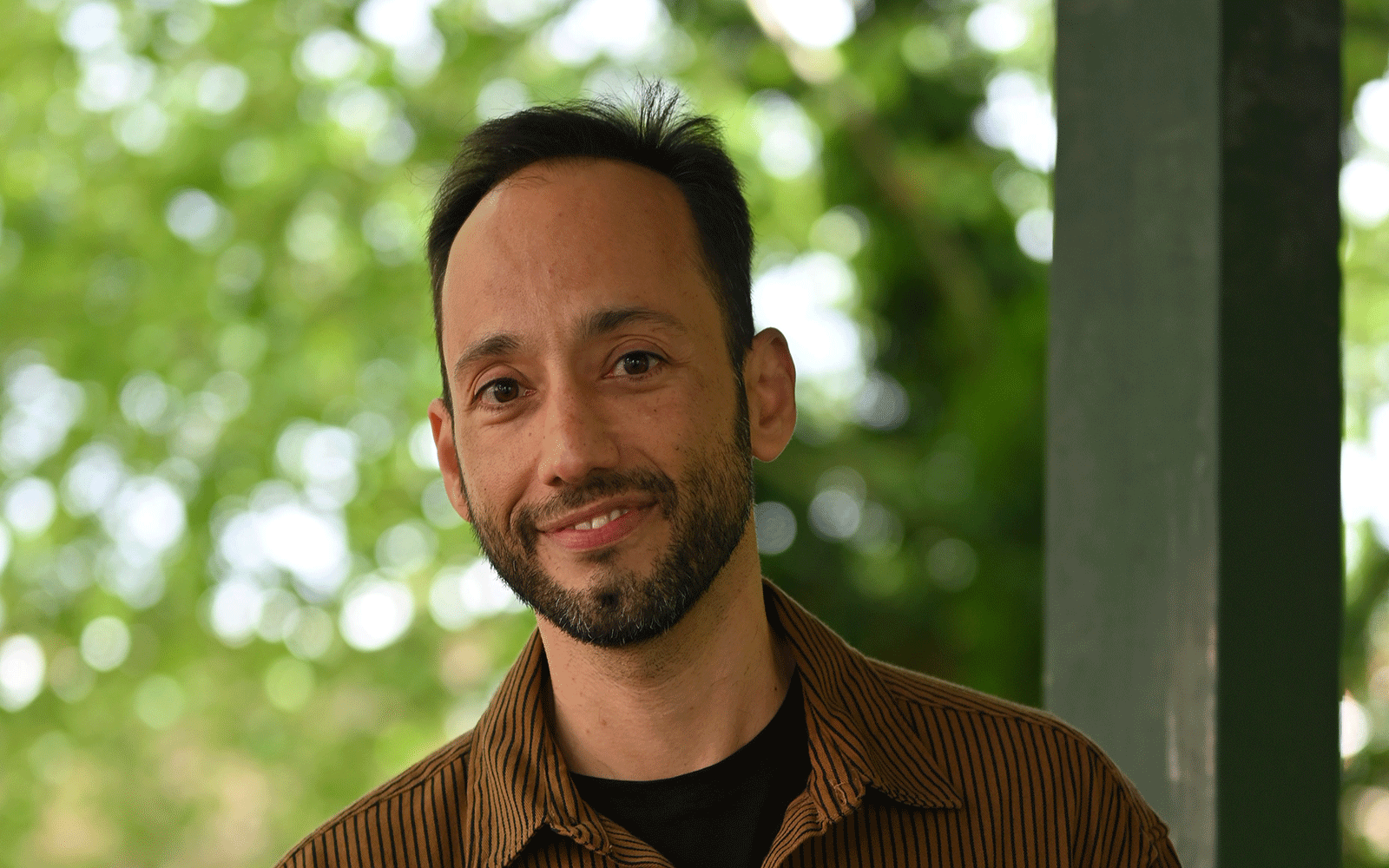Leo Cremonezi is a statistical journalist at the Financial Times, having previously worked as a senior statistical scientist at market research firm Ipsos. He is also a CStat member of the Royal Statistical Society and the author of a new book about statistics and data science aimed at children
As a data journalist at the Financial Times (FT), what’s a typical day like for you?
I’m the FT rankings editor at the FT, responsible for our business education rankings. I also help with the other rankings we publish.
A typical day is a mix of data analysis and editorial work. I spend a good portion of my time working with the data submitted by business schools and their alumni, ensuring the integrity and accuracy of the information that underpins our rankings. But it’s not all spreadsheets — I also engage directly with schools around the world, whether through virtual meetings or on-site visits. We discuss trends in the industry, review our methodology, and explore whether new metrics should be added or outdated ones retired.
The business education landscape is evolving rapidly, especially in the wake of Covid. It’s crucial for me to stay on top of these changes so that our rankings remain a trustworthy resource for prospective students and a valuable benchmarking tool for institutions worldwide.
What was your route into it? Did you come via the stats or the journalism route?
I came into data journalism from the statistics side. Before joining the FT, I was a senior statistical scientist at Ipsos, responsible for advanced statistical analysis for all sorts of projects and clients.
Part of my role involved training others on stats and writing white papers based on our survey results. That experience was invaluable: it taught me how to communicate complex statistical findings in a clear, compelling way that clients and stakeholders could not only understand, but also act on. It also laid the foundation for the writing and editing skills I rely on today as a data journalist and editor here at the FT.
Every visual is thoughtfully tailored to suit the story, ensuring clarity, accuracy, and a bespoke design that really elevates the final piece
How is data viz created at the FT?
We’re fortunate to have a dedicated data visualisation team that works closely with all parts of the newsroom, including the rankings team. They use a range of software tools — some off-the-shelf, others developed in-house — and they also provide internal training to help journalists improve their data visualisation skills. What fascinates me most is the level of precision and craftsmanship they bring to each project. Every visual is thoughtfully tailored to suit the story, ensuring clarity, accuracy, and a bespoke design that really elevates the final piece.
What was the inspiration behind your new book for children aged 10-14, A Cool Guide to Statistics and Data Science?
The idea for the book came from my nephew, who recently turned 13 and has a real passion for maths. One day, he asked me, “What’s the difference between maths and statistics?” That simple question led us to set up a few informal sessions where I introduced him to key statistical concepts like correlation and regression analysis.
It was incredibly rewarding to prepare those sessions — adapting the language, creating relatable examples, and tailoring the content to things kids actually care about. After eight months and more than 20 topics covered, I had a lightbulb moment: “There’s a book here.”
In an age of AI, where the way we interact with data is evolving rapidly, I believe it’s more important than ever for young people to understand statistics. While AI tools may change, the underlying statistical concepts — like cluster analysis — remain the same. This book aims to introduce those concepts in a fun, accessible way for children aged 10 to 14. Interestingly, I’ve also had adults tell me they finally understand statistics better after reading it!
What was your favourite book when you were that age?
I read a lot as a kid, but one book that really stuck with me — and still does — is The Little Prince. It’s one of those rare stories that grows with you. I remember loving it at that age, and I still find myself returning to it from time to time. It’s truly timeless.
You might also like: 5 minutes with: Nicole White




